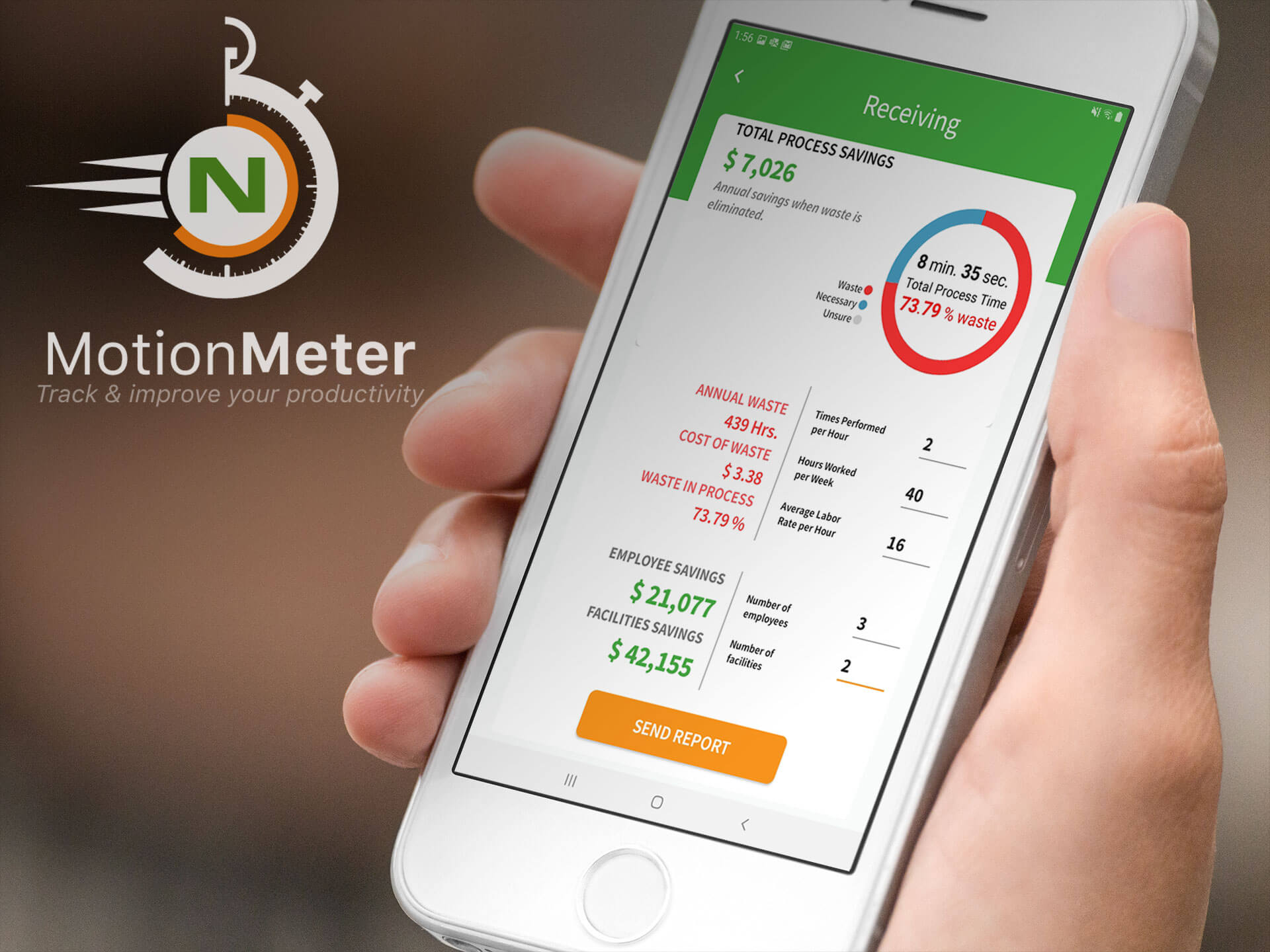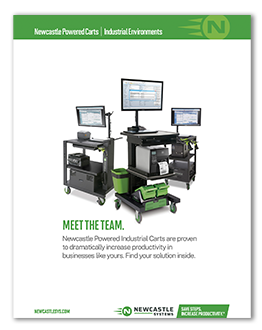 Having efficient warehouse management processes can mean the difference between customer satisfaction and frustration, profit and loss, or business success and failure. How you organize and manage your various processes plays a significant role in staying competitive and meeting customer expectations.
Having efficient warehouse management processes can mean the difference between customer satisfaction and frustration, profit and loss, or business success and failure. How you organize and manage your various processes plays a significant role in staying competitive and meeting customer expectations.
Modern warehouses are busy environments, but you can’t solve every challenge by throwing the latest technology at it. Your ability to achieve efficiency and gain a decisive edge lies in your ability to understand and optimize each process to create a highly functioning system.
What is a Warehouse Management Process?
A warehouse management process is a set of procedures and activities involved in effectively and efficiently managing the operations of a warehouse or distribution center. The processes ensure that products and other materials are stored, picked, packed, shipped, and returned in an organized and systematic manner.
The main goal of warehouse management is optimizing the use of labor, space, and resources, while minimizing waste and errors and getting products into the hands of customers on time. Ultimately, effective processes serve as the foundation of supply chain operations. Without them, the entire system could be plagued by stockouts, poor customer service, labor issues, and much more.
Implementing Lean Warehouse Practices
One of the most effective ways to optimize warehouse processes is by implementing lean practices throughout the business. Lean warehousing involves creating more value for customers by reducing the use of resources.
To adopt lean warehouse practices, you must identify and remove activities that don’t add value. Examples include inefficient workflows, excessive inventory, and unnecessary handling. By doing this, you can streamline your operations, increase productivity, and reduce costs.
 The first step in creating lean warehouse practices is conducting a thorough audit to identify waste and inefficiency. From there, your business can use different methods to generate improvements. Two of the most effective methodologies in lean warehousing are Kaizen and Kanban, which both emphasize the need to continually improve processes and reduce waste.
The first step in creating lean warehouse practices is conducting a thorough audit to identify waste and inefficiency. From there, your business can use different methods to generate improvements. Two of the most effective methodologies in lean warehousing are Kaizen and Kanban, which both emphasize the need to continually improve processes and reduce waste.
Kaizen Systems focus primarily on workflow and inventory management, with an emphasis on continuous improvement. This methodology encourages everyone in the business to seek out even the smallest changes that can improve processes. Collectively, these small changes add up to big gains.
Kanban Systems are visual systems for managing workflows and inventory. These systems are useful in helping warehouse teams to gain visibility into the movement of products so they can optimize processes and make conditions better for workers. For example, a “just-in-time” inventory system prevents stockouts and reduces excess inventory.
Efficient DC Best Practices and Technology
Technology plays a vital role in creating a lean warehouse or distribution center (DC) by leveraging solutions to reduce waste, optimize processes, and boost accuracy. Here are some efficient DC best practices you can implement using various technology solutions:
Warehouse Management Systems (WMS)
A WMS is critical for effectively implementing lean warehousing. By streamlining and automating critical functions in the inventory and order fulfillment process, a WMS reduces the necessity for manual processes that can lead to costly errors.
Robotics and Automation
Robotics has begun to play an essential role in warehouse and logistics operations. For example, many warehouses are now automating repetitive and labor-intensive functions like picking, sorting, and packing. Collaborative robots, or cobots, work alongside human workers to take over repetitive tasks, which can reduce human error and improve productivity.
Automated Guided Vehicles (AGVs)
AGVs are driverless vehicles used inside the warehouse to move products and other essential materials. For example, AGVs can move full pallets of products from the receiving dock to the shelves for storage. They can also move empty pallets and packaging supplies, taking the burden off of human workers and keeping the movement of these materials as efficient as possible.
Mobile-Powered Carts

It’s incredibly inefficient when workers have to walk back and forth to a centralized location to collect work orders or turn in completed assignment sheets. Increasingly, warehouses are using mobile powered workstations, which allow workers to have the technology they need on the warehouse floor. These carts can carry laptops, tablets, monitors, label printers, and much more.
Other Lean Warehouse Best Practices
Lean warehousing goes far beyond implementing the latest technology. Beyond robotics and other technology solutions, here are some other lean warehouse best practices your business can implement to optimize processes:
Employee Training
Having a lean warehouse requires that you have a well-trained and highly engaged workforce. Employees must thoroughly understand the lean best practices, which you can teach through formal and on-the-job training. It’s also a good idea to cross-train workers, so they are flexible enough to handle other tasks as needed to prevent any bottlenecks in the warehouse.
Reducing Waste
 At the foundation of lean warehousing is the challenge of reducing waste wherever possible. By cutting down on unnecessary handling, excess inventory, and overproduction, your business can reduce any wasted energy and costly resources.
At the foundation of lean warehousing is the challenge of reducing waste wherever possible. By cutting down on unnecessary handling, excess inventory, and overproduction, your business can reduce any wasted energy and costly resources.
Energy Efficiency
Another element of improving your processes and becoming more lean is a focus on energy efficiency. Where in your warehouse can you save energy and reduce costs? Examples might include using LED lighting and automated climate control systems.
Sustainable Sourcing
Many businesses are also focusing more on what is coming in the door in terms of sustainability. By choosing suppliers that use environmentally friendly materials and practices, you can lessen your carbon footprint and reduce waste throughout the supply chain.
Optimizing Transportation
You can continue to improve your processes by strategically choosing the partners you work with for transportation and logistics. For example, you can consolidate delivery routes and shipments to avoid waste and minimize fuel consumption. Instead of sending out half-loaded trucks, you can reduce the number of trips and send full loads every time.
Handling Returns
What happens when products come back through the warehouse door is also important. Lean best practices can be applied to the reverse logistics process. For example, you can set up a systematic screening area for products to determine the next steps.
In today’s competitive landscape, warehouses face intense pressure to improve productivity while cutting costs. Inefficient workflows, time-consuming processes, and poor use of resources can become barriers to profitability and growth. Fortunately, lean warehouse practices and the strategic use of technology solutions can optimize operations, eliminate waste, and help warehouses improve overall results.












